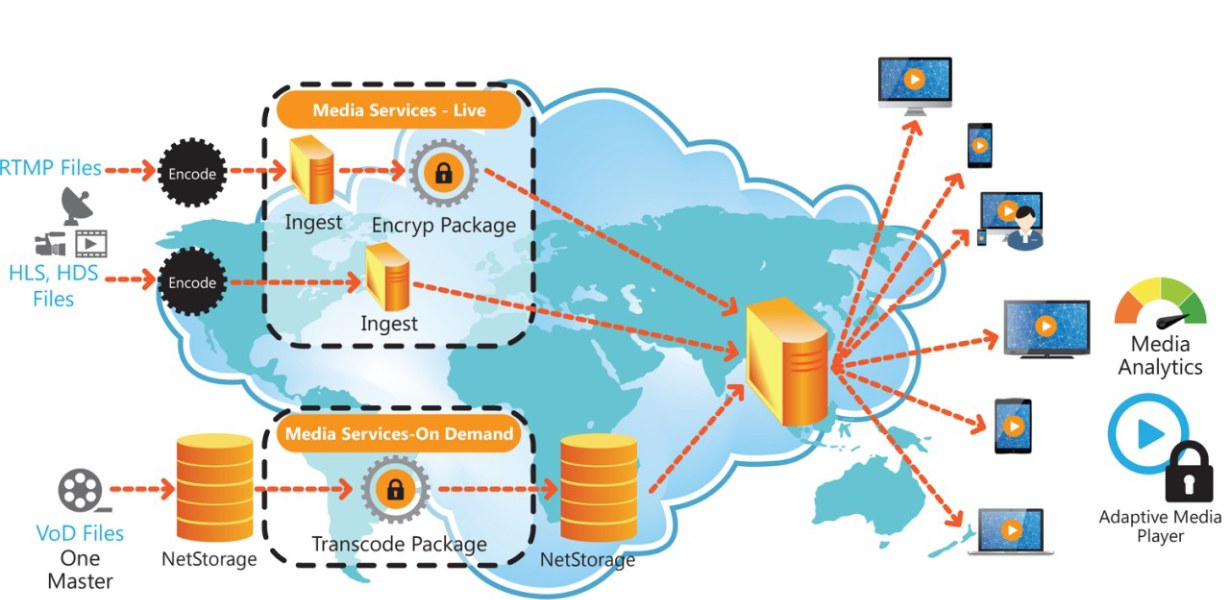
Hyperlocal CDNs: Elevating Content Delivery for Lightning-Fast and Personalized Experiences
- Post
- August 8, 2023
- CDNs, Web Performance, Web Technologies
- 0 Comments
In the age of information, speed and personalization have become the cornerstones of user satisfaction. From streaming high-definition videos to swiftly loading dynamic web applications, the need for a seamless and swift content delivery mechanism is more pronounced than ever. This is where Hyperlocal Content Delivery Networks (CDNs) step into the spotlight, redefining how content is distributed across the digital landscape.
The Evolution of Content Delivery Networks (CDNs)
Content Delivery Networks (CDNs) have long been the backbone of the internet, efficiently distributing content by leveraging a distributed network of servers. However, the traditional CDN model has encountered challenges when it comes to optimizing the user experience in terms of speed and personalization.
Understanding Hyperlocal CDNs
Hyperlocal CDNs are a cutting-edge solution that tackles the limitations of traditional CDNs head-on. These CDNs take the concept of distribution to the next level by strategically placing servers in the immediate vicinity of the end-users. This strategic localization significantly reduces latency, leading to ultra-fast loading times and an overall smoother user experience.
Unveiling the Mechanics
Hyperlocal CDNs operate on a simple yet ingenious principle. Instead of relying on a central point of content distribution, they establish a network of distributed servers, each responsible for serving content to users within a specific geographic region. This localized approach dramatically reduces the physical distance between the server and the user, resulting in reduced data travel time and faster loading speeds.
The Power of Edge Servers
At the heart of Hyperlocal CDNs are edge servers. These servers are strategically placed in various data centers around the globe, often in close proximity to densely populated areas. This proximity ensures that users in these regions experience minimal latency. The edge servers work harmoniously to cache and deliver content swiftly, ensuring that even the most bandwidth-intensive content reaches the user seamlessly.
Customization for Personalized Experiences
One of the remarkable advantages of Hyperlocal CDNs is their ability to offer personalized content delivery. With insights gained from users’ geographic locations, browsing behavior, and preferences, these CDNs can dynamically serve tailored content. This personal touch not only enhances user engagement but also creates a sense of connection and relevance.
Hyperlocal CDNs vs. Traditional CDNs: A Comparative Analysis
To fully grasp the impact of Hyperlocal CDNs, let’s compare them with their traditional counterparts:
Latency Reduction
Traditional CDNs minimize latency by distributing content across a network. Hyperlocal CDNs take it a step further by minimizing the physical distance between users and servers, resulting in even lower latency.
Speed Optimization
While traditional CDNs optimize speed by distributing content across multiple servers, Hyperlocal CDNs excel in this aspect due to their strategic placement of edge servers, ensuring quicker content delivery.
Personalization
Traditional CDNs generally offer static content delivery. In contrast, Hyperlocal CDNs harness user data to serve personalized content, fostering higher engagement and satisfaction.
Bandwidth Efficiency
Hyperlocal CDNs reduce strain on bandwidth by locally delivering frequently accessed content, minimizing the need to fetch data from distant servers.
Overcoming Challenges
Implementing Hyperlocal CDNs isn’t without challenges. Coordinating a network of edge servers requires advanced infrastructure and sophisticated load-balancing algorithms. Moreover, maintaining consistent content synchronization across distributed servers demands meticulous management.
Final Words
In the ever-accelerating digital landscape, where user expectations are soaring, Hyperlocal CDNs emerge as a game-changing solution. By marrying speed, personalization, and strategic distribution, these CDNs transcend the limitations of traditional content delivery methods. They offer not only lightning-fast experiences but also a deeper connection between content and user, ushering in a new era of online engagement.
Commonly Asked Questions
Q1: How do Hyperlocal CDNs enhance website performance?
Hyperlocal CDNs reduce latency by positioning servers closer to users, resulting in faster content delivery and a smoother browsing experience.
Q2: Can Hyperlocal CDNs adapt to changing user preferences?
Absolutely! Hyperlocal CDNs leverage user data to serve personalized content, adapting to users’ preferences in real-time.
Q3: Are Hyperlocal CDNs suitable for all types of content?
Yes, Hyperlocal CDNs are versatile and can efficiently deliver various types of content, from static web pages to dynamic multimedia.
Q4: What challenges can businesses expect when implementing Hyperlocal CDNs?
Implementing Hyperlocal CDNs demands robust infrastructure, complex load-balancing mechanisms, and careful content synchronization to ensure optimal performance.
Q5: How can businesses determine if Hyperlocal CDNs are right for them?
Businesses should assess their target audience’s geographical distribution and the importance of speed and personalization in their online offerings. If these factors are crucial, Hyperlocal CDNs can be a game-changer.




